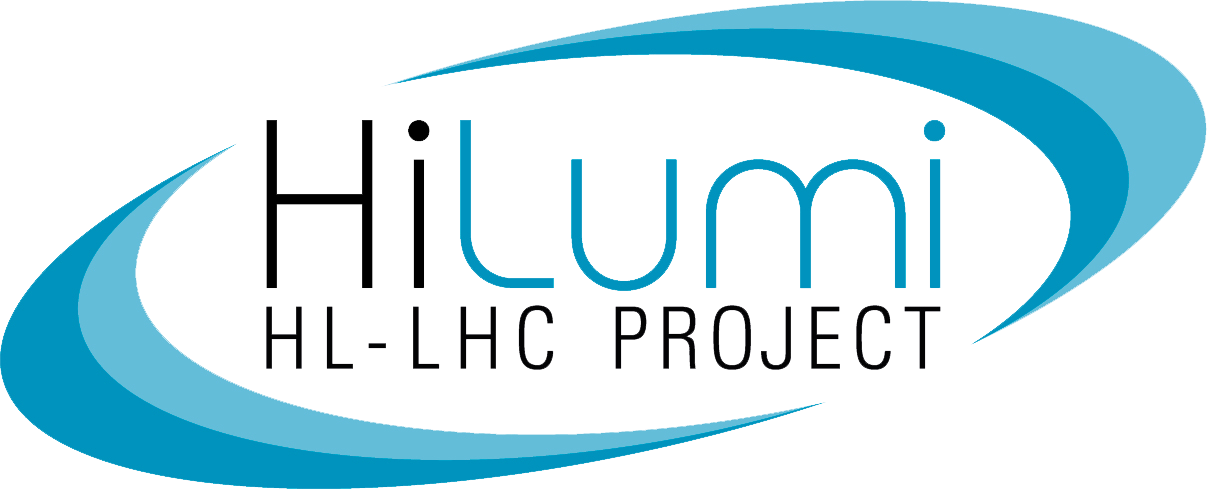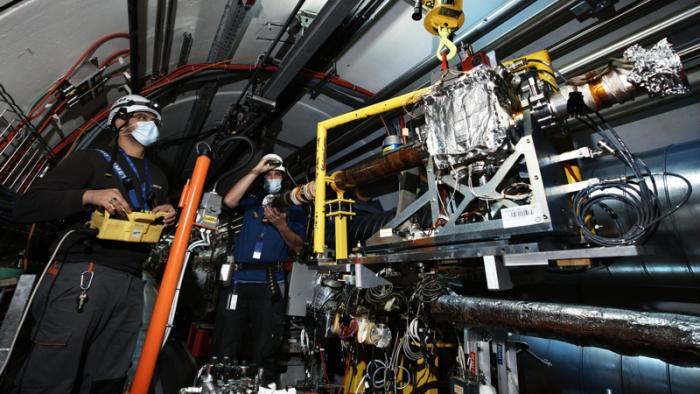On Nov. 30th and Dec. 1st, 2021, two new crystal primary collimators, called TCPCs, were successfully installed in the LHC IR7. In the TCPC, a 4 mm-long bent crystal is used as primary collimator instead of the 600 mm-long, graphite-based jaws of the standard primary collimators. The crystal is bent to a curvature radius of 80 m that results in a deflection angle of 50 micro-radians, sufficient to steer the halo particles onto secondary collimators located further downstream in IR7. This scheme was demonstrated to improve the collimation performance for heavy-ion beams during LHC beam tests in 2018.
Crystal collimation will be used as part of standard Run 3 operation to mitigate collimation losses of heavy-ion beams, in absence of the 11T dipoles whose installation was deferred after LS2. This decision was taken at the end of 2020, adding an extra item to the already busy LS2 schedule of WP5 (link) and for the supporting groups. It is planned to upgrade the crystal layout in IR7 in two phases: the first one — successfully completed in 2021 following a crash program — foresaw the production (see link) and installation of two new vertical TCPCs. The two horizontal TCPCs are currently being built and will be installed in IR7 during the YETS 2022-23.
Related photos: link
By Stefano Redaelli, WP5 Leader, and Mario di Castro, WP5.4 Leader.

